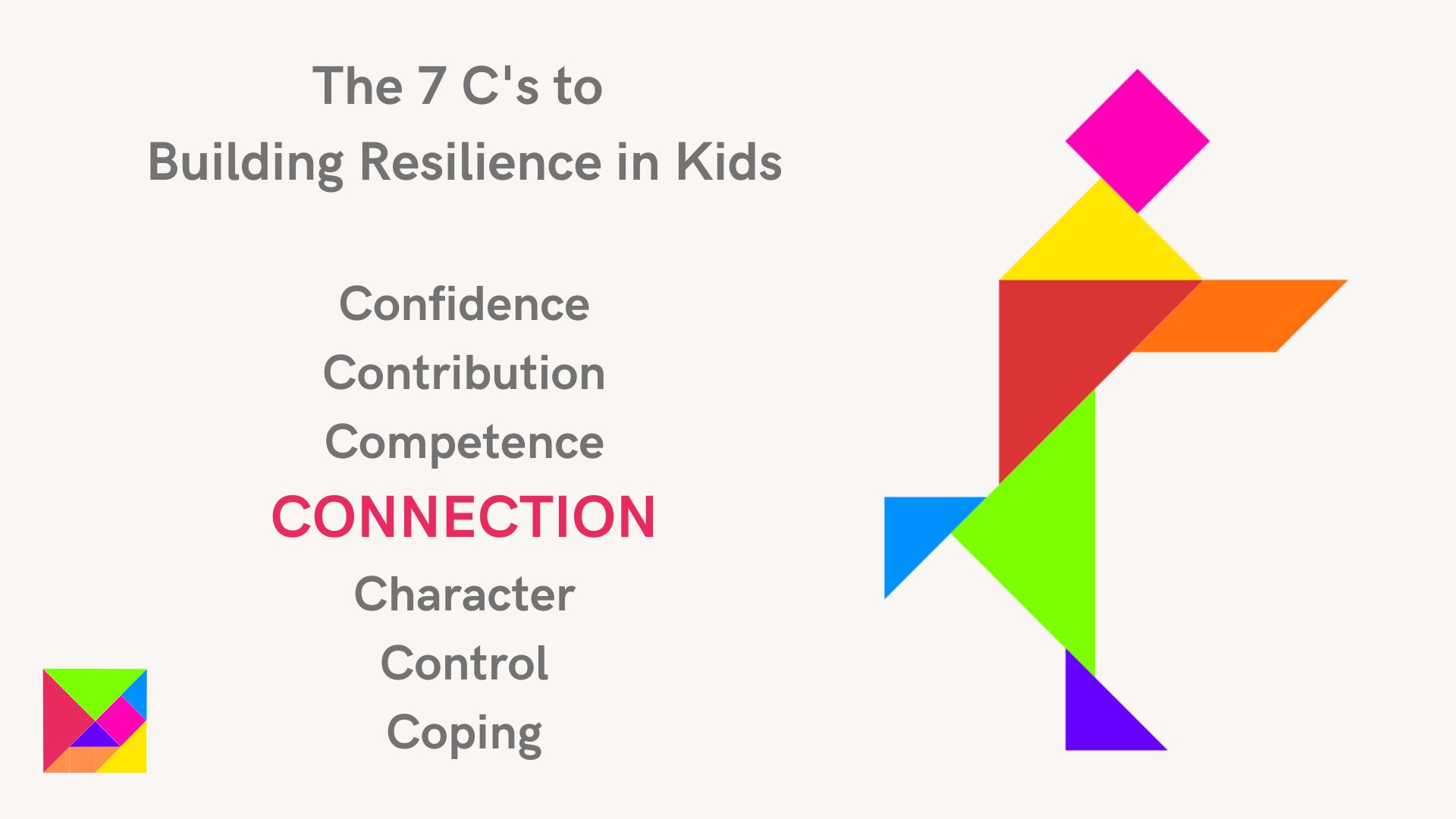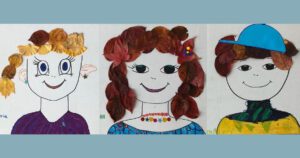When we landed in Germany in 2019 we knew no one in our town.
Shortly after our arrival Covid hit and we went into isolation for nearly two years. We did ok, grew closer as a family, created safe, cozy spaces together and made memories but because we hadn’t had a chance to “arrive” we really didn’t have a network or connections.
It got harder and harder to take a stab at getting to know people but after a few years I finally decided to join the local women’s choir. The day I went to choir practise for the first time I came back floating. It felt so energizing, so amazing to be in a room with people, making music and creating community (wrote about it here, too). I felt like a missing piece of myself had fallen back into place.
Connecting builds resilience – in children and adults.
Keep reading for data, emotions, experience and actions.
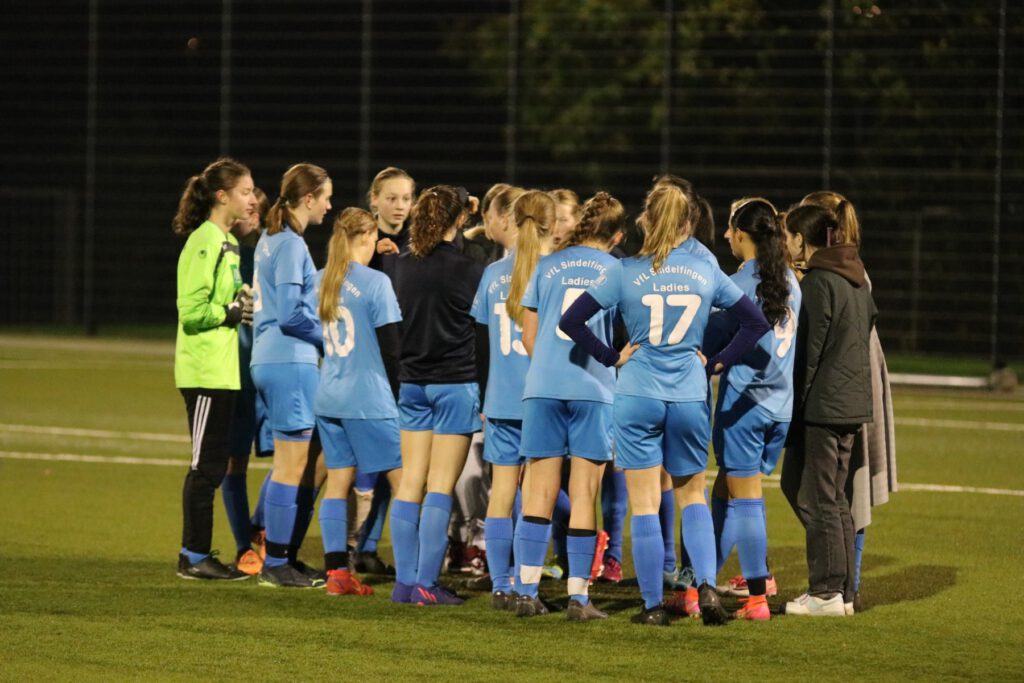
The amount of research and data currently pouring out of studies that irrevocably demonstrate the importance of human connections to happiness and longevity is sheer staggering.
One of the most remarkable is this long-term study by Harvard in which generations of researchers have identified connection as the key to happiness, fulfillment and longevity.
Contrast that with news reports like this one about skyrocketing loneliness and its effects and you can begin to appreciate the need to help our children make and maintain connections. Oh, and for ourselves, too.
It should come as no surprise that Connecting is one of the “7C’s” of fostering resilience in children, as developed by Dr. Ginsburg. The other C’s are Confidence, Competence, Contribution, Character, Control and Coping. Follow the links to read more about them, too.
Anthropological Background
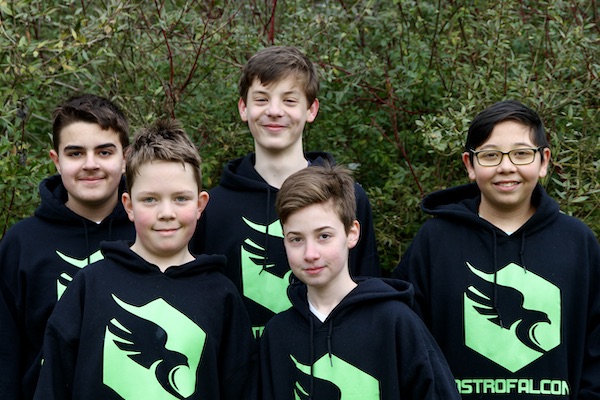
People need people – as humans we are unable to survive by ourselves. Not as infants, nor as adults. The societies and groups we have formed for centuries have been different the world over but they always exist. Connection ensures survival.
Social Baseline Theory (SBT) suggests “the human brain expects access to social relationships that mitigate risk and diminish the level of effort needed to meet a variety of goals.” (1) Meaning, we need social connections to be safe and to get stuff done because everyone works on a different part of the whole. Diversity of skill and sharing the workload to reach goals is fundamental to life. Not only are we stronger together we can only survive together.
Biological Background - Wired for Connection
Cultures the world over have different ways of building and maintaining connections and bonds. However, researchers have found that biologically all of our brains are wired for empathy, touch, cooperation, love (in all forms), and social connection – each of these have a dedicated part in our brains and give us positive feedback and feelings (2).
Connection Feels Good

Being connected to others feels good and is proven to make us feel more happy. In a study of university students those that consistently reported feeling happier had active social connections: “no variable was sufficient for happiness but good social relations were necessary.” (3) – having connections doesn’t automatically make you happier but all happy students had an active social life.
Additionally, as mentioned in the introduction, social connection is linked to physical health and mental fitness. Something we strive for for yourselves and our children.
This makes the Harvard study so relevant as it makes the strongest argument for encouraging connection and fostering good relationships in children “loving childhood, empathy, and warm relationships as a young adult…are the best predictors of economic success, physical health, and flourishing in life.” (4)
Building Connections and Community as a Globally Mobile Family
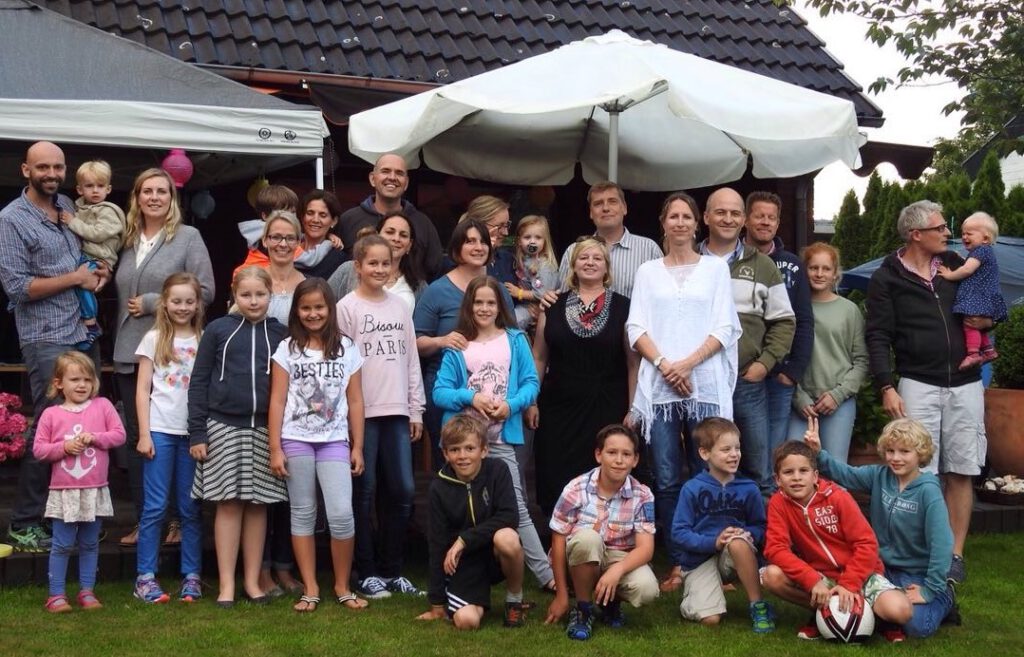
For our children connection starts at home – assuring home is an emotionally and physically safe place embeds a sense of security that grounds our children. It is how we share our values and an important building block in identity and belonging. Emotional literacy is a big part of this. Knowing how to identify and express emotions can be very empowering for children.
The relief to parents when children can actually tell us what’s going on is palpable.
Establishing close ties to people in the nuclear family is fundamental but then we need to help our children find connection outside of “us”. This helps them build important life skills while fulfilling their need for friendship and community. The experience of building, growing and maintaining connections helps them develop resilience – along with a sense of belonging and worth.
As global families we are often also faced with interrupting connections and saying goodbye to friends and communities. When it is time for this, do it with awareness and planning. It is also an important skill. Read more about saying goodbye here and here.
So why is it so hard?
With all the good reasons to make connections and build friendships, why do we hesitate and struggle?
- We fear rejection. We would actually rather be isolated and lonely than feel rejected and excluded.
- It takes effort. Friendships are built over time with repeated contact and shared experiences. We have to show up regularly to build connections.
- We’re not sure how. Young children naturally connect with others which can grow into friendship over time. We aren’t taught “how to make friends” so we struggle with it later in life.
- We tell ourselves its not worth it, we’ll be leaving again soon so why bother?
- Rejection hurts, no doubt. I believe isolation hurts more and has such massive long term impacts that we must act. Showing up and trying again and again is what resilience is all about.
- Friendships are built over time so we must consistently, persistently put in the effort. Show up, be a friend, hang out on the fringes and persevere – it will pay off. Cultural aspects can play in here, too. It may be harder to break in to a group in cultures that are less mobile and more close-knit. Think about how you have made friends in the past – love at first sight is rare.
- Not sure how? Re-learn how to connect. Start with learning (take a class) or something you already enjoy and want to continue (yoga), or volunteering (animal shelter). This works for children and adults.
- Every connection, conversation, shared smile and experience is worth it. Some people come into our lives forever but most come in for a season. And that is ok.
Action: How to Help Your Children Build Connections

Strong relationships and connections start at home. Work to make your home – wherever it is – a secure place for everyone.
Emotional literacy is an important building block. The Parenting TCKs workbook in the Resource Vault is a good starting place. Children will do as we do. Share your feelings with your children, too (in an age appropriate manner). It’s ok for them to see and know what we are struggling with and how we handle difficult things.
Support your children to find connections and make friends everywhere you live. The Making Friends workbook in the Resource Vault has ideas for everyone in the family to get you started.
As a parent or caregiver, ask yourself:
- Do we build a sense of physical safety and emotional security within our home?
- Do I allow my child to have and express all types of emotions or do I suppress unpleasant feelings?
- Do we address and resolve conflict within our family?
- Do I encourage my child to take pride in the cultural groups to which we belong?
- Do I foster my child’s healthy relationships with other children and caring adults?
- Do I encourage friendships and invite others into our spaces?
As ever, if you would like support with this or any other aspect of raising your cross-cultural children, please reach out. I’ll be here, warming up for choir practise.
Get "A little Something..." from me
I regularly share “A little something” with my readers: updates, links, resources & things to make you smile – for parents and kids living abroad. Signing up also gets you FULL ACCESS to my content library of workbooks, recipes from around the world and other downloads.

